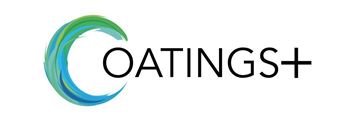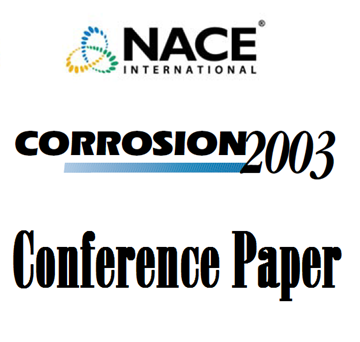Search
Comparative Evaluation of Four Viscoelastic Materials for Coating Patch Repairs
Also Purchased
Insights into the Consideration and Selection of Viscoelastic Materials for Potential Use in Field Patch Application
Product Number:
51220-294-SG
Publication Date:
2020
$20.00
10042 Use of 100% Self-Healing Fully Amorphous Visco-Elastic Coating Against Corrosion
Product Number:
51300-10042-SG
ISBN:
10042 2010 CP
Publication Date:
2010
$20.00
03710 INTERFERENCE TESTING AND CASE HISTORIES
Product Number:
51300-03710-SG
ISBN:
03710 2003 CP
Publication Date:
2003
$20.00




